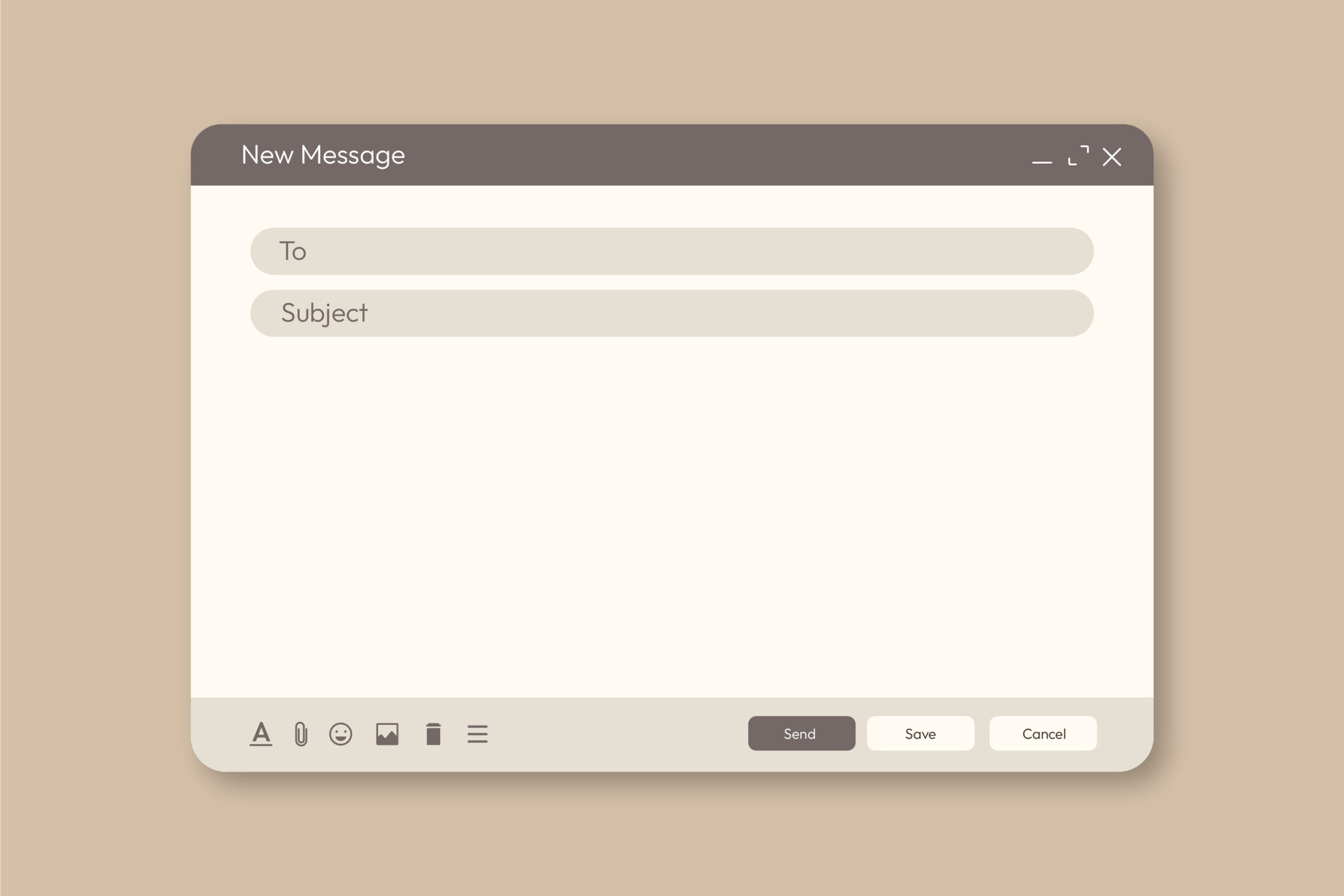A custom email address that uses your domain name, like “you@yourdomain.com,” makes a powerful impression. It helps you look more professional and builds credibility with your clients or customers. Whether you’re running a business, a blog, or a personal brand, using a custom email address sets you apart and ensures you stay memorable. Plus, it’s simple to set up, especially with a provider like Hostinger.
In this blog, we’ll go step-by-step through how to create a custom email address using your domain with Hostinger.
Why You Need a Custom Email Address
Before getting into the steps, it’s important to understand the benefits of having a custom email address:
Professionalism
Using a personal email like Gmail or Yahoo might be fine for personal use, but a custom email address makes your communication look professional. It shows that you are serious about your work, and clients or partners are more likely to trust you.
Branding
Your email address can reinforce your brand. Every time you send an email, your domain is visible to the recipient. This keeps your brand front and center and ensures you stand out from generic email addresses.
Security and Control
With your own domain email, you have more control over security settings, which helps protect your communication from being compromised.
Easy to Remember
A custom email address like “contact@yourdomain.com” is easier for people to remember than a random Gmail address. It also looks more personalized and credible.
Now, let’s get into the actual steps of creating your custom email address using Hostinger.
Steps to Create a Custom Email Address with Hostinger
Step 1: Sign Up for a Hosting Plan
The first thing you’ll need to do is sign up for a hosting account with Hostinger. Hostinger offers various plans, but to create a custom email address, make sure you choose a plan that includes email services. Most of their hosting plans include free email accounts.
- Visit the Hostinger website.
- Choose a hosting plan that fits your needs.
- Register a new domain or use an existing one.
- Complete the payment process.
Once you have your hosting plan, you’ll be able to access the Hostinger dashboard, where the magic happens.
If you still need to create your website with Hostinger, it’s an excellent platform. Hostinger offers a user-friendly interface, affordable pricing, and a range of features that make setting up and managing your website easy. Hostinger provides tools like Website Builder, WordPress integration, and powerful hosting plans to help you get your site up and running quickly. You can also build up to 100 different websites for only $3 per month with Hostinger:
Starting from $2.99/month
Discount Code: MYFIRSTWEBSITE
Key Features
Extremely affordable
User-friendly control panel
LiteSpeed Cache for faster loading times
Why We Recommend It
Storage and Bandwidth:
30 GB SSD storage
100 GB bandwidth
Extras:
Free SSL certificate
Pros & Cons
- Low starting price
- Good performance for the price
- No free domain in the lowest-tier plan
- Support can be slow during peak times
Step 2: Log in to Hostinger and Access the Email Section
After setting up your hosting account, log in to Hostinger.
- Go to Hostinger’s login page.
- Enter your email address and password, then click “Log In.”
- In the Hostinger dashboard, navigate to the Emails section.
Step 3: Create Your Custom Email Address
Once you’re in the Email section, you can create your custom email address.
- Click on the Create Account button.
- You’ll see an option to enter your desired email address. For example, you can type “info,” “contact,” or your name.
- Select the domain you want to use from the dropdown menu.
- Set a password for the email account.
- Click Create to finalize.
Congrats! You’ve now created your custom email address. The process is simple and should only take a few minutes.
Step 4: Access Your Email Using Webmail
Now that your custom email address is set up, you’ll want to know how to access it.
Hostinger provides a webmail interface that lets you check your email online from anywhere.
- In the Hostinger dashboard, click on Emails again.
- Find the email address you just created, then click Webmail next to it.
- This will take you to Hostinger’s webmail login page.
- Enter your custom email address and the password you set up earlier.
- Click Login to access your inbox.
Step 5: Set Up Email Forwarding (Optional)
If you want to receive emails from your custom address in your existing inbox, you can set up email forwarding. This ensures you won’t miss any emails.
- In the Email section, click on Forwarding.
- Enter the email address where you want the emails to be forwarded.
- Save the settings, and you’re done.
Now, any email sent to your custom address will be automatically forwarded to your preferred inbox.
Step 6: Change Email Settings (Optional)
Hostinger allows you to adjust various settings for your email account.
- Autoresponders: You can set up automatic responses for when you’re unavailable.
- Spam Filters: Adjust the spam filters to ensure your inbox stays clean.
- Aliases: You can create additional aliases for the same email address. For example, emails sent to “support@yourdomain.com” and “info@yourdomain.com” could both land in the same inbox.
To adjust these settings, go to the Emails section in the Hostinger dashboard and explore the various options under each email account.
Step 7: Bookmark Hostinger Webmail
To make accessing your email easier, bookmark the Hostinger webmail page in your browser. This way, you don’t have to log in to Hostinger each time to check your email.
Simply open the webmail page, then:
- On Chrome: Click the star icon on the right side of the address bar.
- On Firefox: Press Ctrl + D or click the star icon.
- On Safari: Click the share icon and select “Add Bookmark.”
This will allow you to quickly access your email whenever you need it.
Additional Tips for Managing Your Custom Email
Connect Your Email to an Email Client
If you don’t want to use Hostinger’s webmail, you can connect your custom email address to popular email clients like Gmail, Outlook, or Apple Mail.
To do this, you’ll need the SMTP, POP3, or IMAP settings for your Hostinger email account, which you can find in the Email section of the Hostinger dashboard.
For example, to connect it to Gmail:
- Go to Gmail Settings > Accounts and Import.
- Click Add a Mail Account under “Check mail from other accounts.”
- Enter your custom email address.
- Follow the on-screen instructions to connect your Hostinger account to Gmail.
Set Up a Signature
Adding a professional email signature reinforces your brand and provides contact information without cluttering the message.
- In your webmail interface, go to the settings section.
- Find the Signature option.
- Enter the text you want to appear at the bottom of your emails (name, contact info, etc.).
- Save the settings.
Use Strong Passwords
Make sure the security of your custom email account by using a strong password. Combine upper and lowercase letters, numbers, and symbols for the best protection.
Conclusion
Creating a custom email address using your domain with Hostinger is a simple and effective way to boost your professionalism and brand image. With just a few steps, you can set up your custom email address, manage it through Hostinger’s webmail, and even forward emails to your existing inbox.
Using a custom email address helps you look credible, keeps your branding consistent, and gives you more control over your email communication. By following the steps outlined in this guide, you’ll have your custom email address set up and running in no time.





